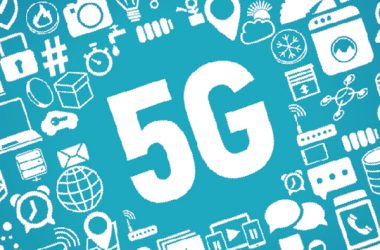There’s been strangely little fuss about Etisalat’s announcement that Abu Dhabi is now the first capital city entirely covered with a fibre optic network. It’s not even deemed worthy of mention in the press centre on Etisalat’s Web site, unless it’s extremely well hidden.
What strikes us as interesting, however, are the mixed messages that this achievement is sending out.
On the one hand, this is clearly a new era for the telco sector, with great potential to increase economic prosperity, enrich skill development and make Abu Dhabi a natural home for business. On the other, it’s hard to see how Etisalat can expect to make a return on such a massive investment, especially as it has now also extended its commitment of rolling out FTTH (fibre to the home) to the rest of the UAE, Saudi and Egypt over the next few years.
According to Acting CEO Nasser Bin Obood, “The fibre optic network is expected to have an impact in all sectors”. Well, we would hope so, given the company’s massive investment of some $1.4b in FTTH in Abu Dhabi and a projected $1.9b for the rest of the UAE. Add in regional deployment plus other infrastructure investment like LTE and the figure rises to some $20b over the next five years.
The problem for industry watchers, simply put, is this: how can Etisalat expect ROI on figures that large? With fixed line Internet usage dropping and the shift to 3G+ mobile broadband seemingly unstoppable, how does this make sense?
Etisalat’s standard response is that it isn’t just about money. What is also important for the company is national pride, development of the UAE, enrichment of its citizens and so on. Fine, those are laudable ideals but the nature of the telecom market at present is major investment required for diminishing returns, as data inexorably follows the commodisation route of voice.
An equally valid reason for Etisalat’s major investments is a desire to set itself apart from the rest of the telecom industry – to a pathfinder, a leader distinguishing itself from the STCs and Q-Tels of the region.
More interesting, perhaps, is what may be the real reason behind Etisalat’s strategy – what many are calling ‘the du effect’. As soon as bitstream sharing arrives in the UAE, the theory goes, Etisalat will lose considerable customers to its younger rival. To at least slow down churn, Etisalat needs to keep raising the stakes.
Whatever happens over the next year or so, it should prove interesting to watch. Demand for increased data speeds shows no sign of peaking. Will FTTH be enough to keep Etisalat ahead of the game? Or is this a massive investment that will rob it of the capital required to invest in other new technologies just round the corner?





